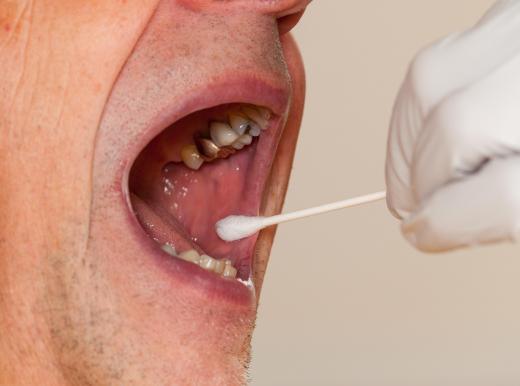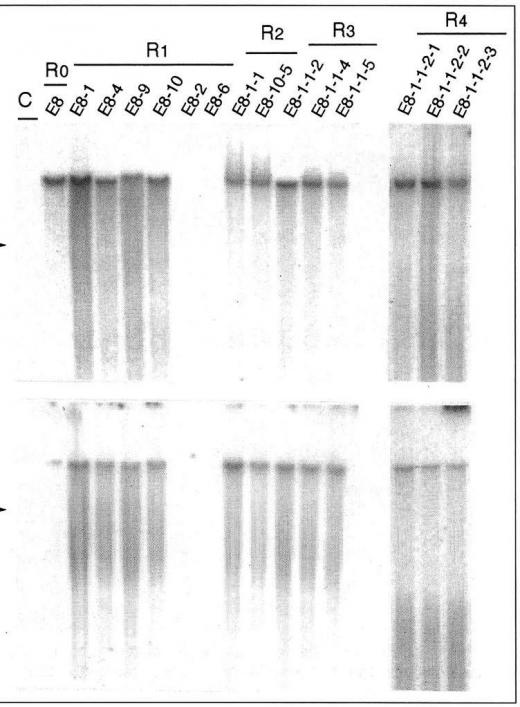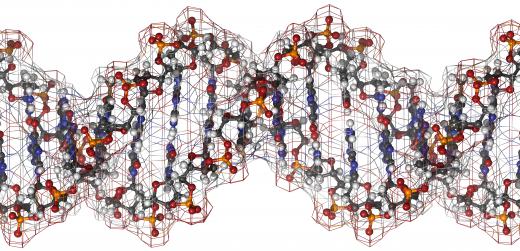What is Forensic DNA Typing?
Forensic DNA typing is the process by which individuals are identified using genetic samples. Two different samples are defined by a set of identifying numbers and matched to see if they are the same. Sir Alec Jeffreys of the University of Leicester developed the concept in 1985. Forensic DNA typing is used in a number of investigations, specifically in those involving rape and murder, to either convict or exonerate suspects.
Forensic DNA typing starts with obtaining DNA samples from individuals. The best sources for these samples are bodily fluids such as saliva, blood and semen. Many individuals have previously stored samples or DNA can be newly obtained from personal items. However, the best source for these samples comes from using a buccal swab on the inside of the cheek. A number of techniques are used to create a reference sample and a genetic match is attempted.

A number of different options have been developed in order to create DNA samples. The process of digestion is used in restriction fragment length polymorphism. However, this process makes it hard to identify individual chromosomes. DNA can be more closely identified with small starting samples in polymerase chain reaction. Again, this technique has limited results when samples are mixed, such as in rape cases. The most commonly used method today is short tandem repeat analysis. This uses repeated base sequences in the DNA to identify the correct DNA type.

The world has developed a number of DNA databases which aid in the search for matches when conducting forensic DNA typing. Each one of these stores contains a large collection of different genetic codes. A forensic scientist uses these existing samples to match a suspect's DNA. Most of these DNA databases are managed by governments, with the largest being contained in the United States. As of 2007, over five million genetic codes were stored in the Combined DNA Index System.

During the 1980s, when DNA typing in forensics was in its infancy, many lawyers and justice personnel expressed concern of the concept being used to prosecute or exonerate criminals. However, a greater understanding of the science as well as better practices led to DNA being admitted in trials.
Forensic DNA typing can also use genetic material from family members of suspects. This method is beneficial when new samples from the suspect are not available. A number of criticisms exist with this concept due to the fact that exact matches are not made. Theoretically, matches between unrelated individuals of the same race is possible. This concept is possibly a form of racial profiling.
AS FEATURED ON:
AS FEATURED ON:













Discussion Comments
Really great repository of information about DNA forensics. It will be really helpful to the forensic experts and those who are conducting research activities.
Post your comments